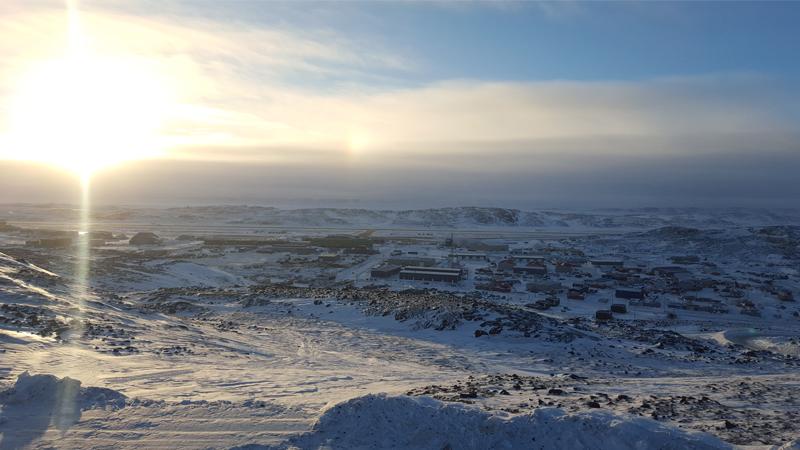Changing the game for severe weather forecasting in Canada
The client: Environment and Climate Change Canada (ECCC)
Vaisala solution: DIAL Atmospheric Profiler DA10
Environment and Climate Change Canada (ECCC) is known for their role in environmental protection, conservation, weather prediction, and addressing climate change in Canada. Their Meteorological Research Division focuses on high-impact severe weather events — from blizzards to heavy precipitation, hail, and tornadoes — and works to improve weather observations, predictions, and warning capabilities.
THE CHALLENGE: Filling observation gaps in urban areas
ECCC faced the challenge of obtaining comprehensive and accurate water vapour data to enhance their severe weather forecasting efforts. They needed real-time water vapour profiles to better understand atmospheric conditions and improve their predictions, particularly in urban areas.
As Zen Mariani, Research Scientist, said, "...radiosonde stations can’t be deployed at certain locations, especially around airports and urban centers."
THE APPROACH: Perfect timing for revolutionary technology
With their longstanding history of testing and implementing trusted Vaisala weather measurement technology, ECCC was excited to pilot the Vaisala DIAL Atmospheric Profiler DA10.
The state-of-the-art DA10 is the industry’s first atmospheric profiler with continuous and autonomous water vapour monitoring within the boundary layer. This unprecedented level of insight provides meteorologists and forecasters with 24/7 monitoring of atmospheric humidity for improved severe weather warnings.
ECCC first evaluated DA10 in Toronto using a nearby high-powered Raman lidar, and were pleased with its performance preceding thunderstorms, rain, and during extremely humid conditions. This real-time data is valuable for operational forecasters, especially since Toronto lacks upper air data.
The organization then relocated DA10 to Iqaluit, Nunavut, to evaluate it under challenging dry Arctic conditions, where it exceeded expectations again. Over the course of a year, it excelled in measuring the diurnal and seasonal cycles as well as water vapor profiles, which ECCC appreciated. “It’s a lot for any instrument to survive in the Arctic, but the DIAL didn’t require any servicing or maintenance for an extended period of time. That’s sort of the ultimate test for an instrument to survive,” said Zen.
THE RESULTS: Changing the game with continuous observations
Zen pointed out the two biggest benefits of using DA10: robustness and continuous observations. “The fact that two people can deploy it in a few hours, easy to ship it, it’s very plug-and-play... It was fully autonomous, reliable and robust, and that’s very rare for a profiling instrument to perform like that and for such a long time.” “You simply don’t have [24/7 observations] with other water vapour profiling instruments... There’s a huge advantage to that.”
DA10 proved to be a game-changer for ECCC's severe weather forecasting efforts. Its real-time water vapor profiles provide valuable insights into atmospheric conditions, so forecasters can better anticipate and track severe weather events.
DA10's advanced capabilities also had a profound impact on their understanding of the hydrological cycle and its relationship with climate change. For example, ECCC is gaining deeper insight into the increasing rate and intensity of atmospheric rivers in the Arctic. As Zen explained, “There are major flooding events, and communities in the Arctic that don’t have the infrastructure to deal with this kind of rainfall. It’s much more volatile, which makes it harder to predict... You can’t rely on traditional weather patterns to provide this information.“
Through the collaborative pilot, ECCC was able to improve the water vapour retrieval algorithm even further for enhanced accuracy — benefiting them and other customers worldwide.
The instrument’s versatility could also extend to applications for aviation safety, icing and de-icing assessments, and fog formation monitoring and nowcasting. Accurate and timely data in these areas has great promise to enhance operational efficiency and safety, which ECCC is pursuing.
"DIAL fulfills a huge gap in observational capability.”
Zen Mariani, Research Scientist, Meteorological Research Division, ECCC

